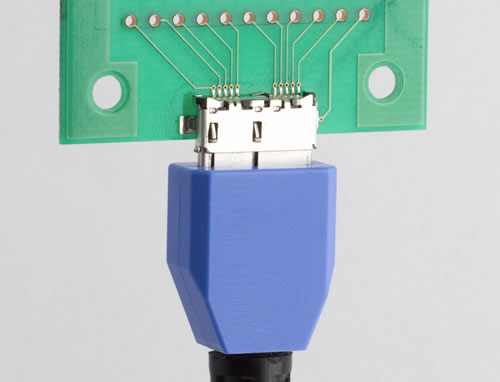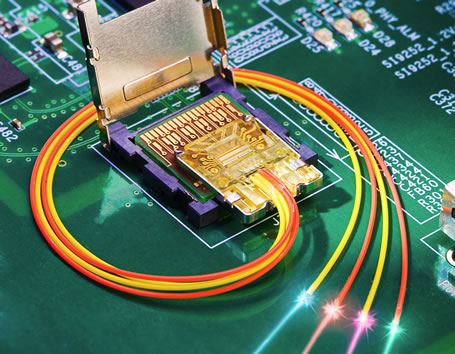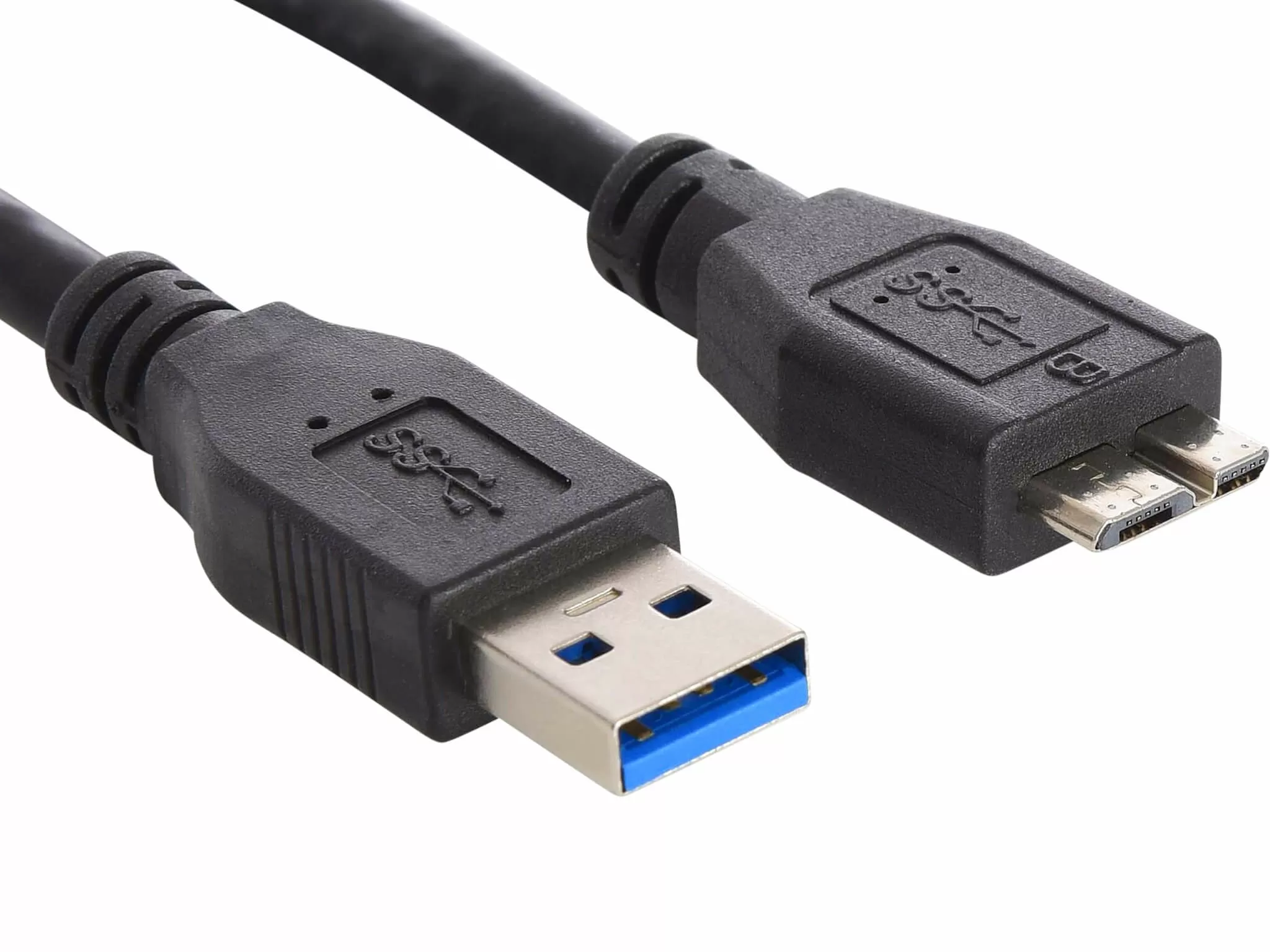Performance Expectations, Intel's Support and Light Peak
Theory and practice are rarely the same. The actual speed of the USB interface can be affected by a number of factors, from the performance of the computer a particular device is attached to and the chipset used, to protocol overhead and the interference caused by other USB devices on the same bus.
So, while USB 2.0 has a theoretical maximum of 480Mb/s (60MB/s), real-world data transfer rates are actually closer to 280Mb/s (35MB/s). It's impossible to know with absolute certainty what to expect from USB 3.0 devices without first putting a few to the test, but even if only a 25% of the maximum is attainable at launch, as some have suggested, we are still looking at an average read and write speed of 1.2Gb/s (150MB/s).

This means that data transfers with external USB storage will no longer be capped by the interface at around 35MB/s but rather by the drive's performance. Unfortunately, 150MB/s may not be enough throughput to handle the fastest solid-state drives on the market at their full capacity, but keep in mind that this is all based on conjectures and in any case we expect things to improve as driver support matures.
As far as marketing claims go, Super Talent has quoted transfer speeds of up to 320MB/s using a UAS Protocol driver for its upcoming RAIDDrive USB 3.0 flash drives, while Buffalo claims 130MB/s rates for its DriveStation HD-HXU3. OCZ is keeping mum on performance details until CES. We look forward to putting these and other devices to the test once they become available over the next few weeks.
Besides storage, any high-bandwidth device that works with USB 2.0 will work better if updated with USB 3.0 support. Some possible applications include high-resolution webcams, external Blu-ray drives, large LCD monitors capable of being hooked up via a simple USB connection, digital cameras and more.
During September's IDF, Intel showcased a high-speed optical cable interface for PCs called Light Peak that promised a 10Gb/s transfer rate – or twice the speed of USB 3.0 – with the potential ability to scale to 100Gb/s.
Light Peak is being developed as a way to reduce the proliferation of ports on modern computers and could eventually replace the plethora of interfaces currently used, from USB itself to HDMI, DisplayPort, LAN and so on.

Around the same time it was revealed that Intel will not be packaging USB 3.0 support into its chipsets until at least 2011. This has sparked speculation that the company may be showing preference to its own optical cable interface, which is reportedly scheduled to enter mass production in early 2010.
Others attribute the delay to Intel chipset teams being more focused on supporting the current Nehalem platform, as well as transitioning to the 5GHz PCI Express 2.0 specification. Let's also remember that back when the final USB 2.0 specification was released in 2000, it was also NEC who introduced the first compatible controller, with Intel not integrating support into its own chipsets until May 2002 with the 845E, 845G and 845GL.
Whatever their plans are, replacing USB – let alone consolidating all interfaces under a single standard – is not something that will happen overnight. Users upgrading to one of the more expensive motherboards from the likes of Asus, Gigabyte and MSI will likely gain access to a pair of USB 3.0 ports right off the bat, while those holding on to their current systems or going for an affordable build can opt for a $30-$50 expansion card. Now let's just hope more USB 3.0 devices start hitting store shelves soon.
